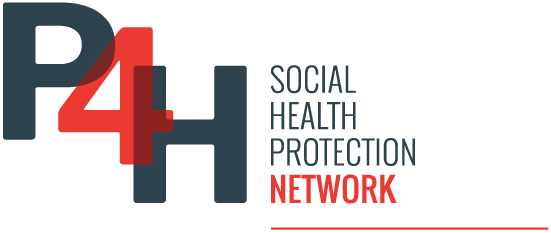The public healthcare system in Nepal is a shared responsibility between the federal, local and provincial governments with the latter usually at the forefront of handling outbreaks such as COVID-19 on ground. The financing for their operations was mixed as well where federal grants were combined with existing disaster relief budgets that were reallocated.
A team of researchers from Yale University, London School of Economics and the Governance Lab Research Team in collaboration with Nepal Administrative Staff College (NASC) conducted a survey from 2-16 June 2020 in 113 Nepali municipalities and seven provinces to study the financing challenges in delivery of health services during the COVID-19 Pandemic.
They found that
- Access to funding for Covid-19 varies widely across local governments. Local government health funding is lower in districts with high Covid-19 caseloads: this mismatch arises, in part, because high caseload areas are in the Terai region, where local governments had exhausted much of their annual disaster funds on flood relief.
- Low funding is an obstacle to health programming. Many local governments largely rely on their own budgets for Covid-19 related health activities and report a lack of adequate funds as a major challenge.
- Local governments consistently implement relief measures that are supported by federal and provincial governments, but experience difficulties with measures where they bear the brunt of responsibility. Activities for which contributory funding had been mandated from federal and provincial governments saw broad take-up across municipalities. In contrast, activities that were wholly financed by local governments such as public health awareness campaigns saw more limited take-up.
Recommendations
- In the short run, Covid-19 is a health crisis. Local governments with higher caseloads need timely access to more funds for broader public health activities, including contact tracing programs.
- Present and anticipated Covid-19 caseloads should regularly inform additional budget allocations to local governments.
- Provincial and federal authorities should develop needs-based criteria for allocating their health funds across local governments, district committees, and hospitals/health facilities – and the process should be transparent to all stakeholders.
Around the world, governments must adapt to this quickly evolving crisis. In Nepal, such adaptations may include creating a federal emergency fund, rapidly distributing these emergency funds to local governments, and using funds to strengthen local health capacities.
This is a brief extract from the Yale University Paper that can be found here.
Image credits: Ibrahim Boran/Unsplash
Have something to say about the health financing situation in Nepal? Please share your thoughts in the Comments Section below.


